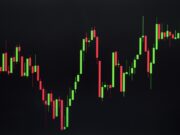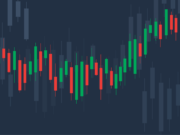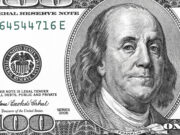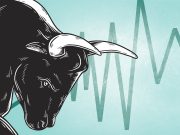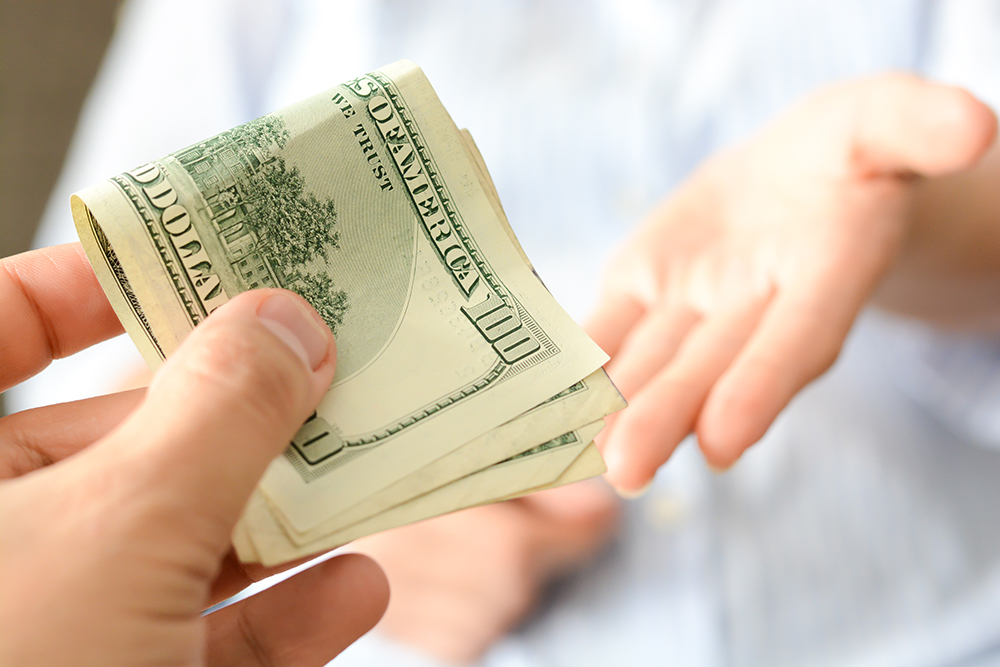The morale of American home-builders fell in July to its lowest level since the early pandemic days, while rising inflation – and the highest borrowing prices in more than ten years – drove consumer traffic to a halt. Likewise, a portion of the services sector’s activity in the Northeast U.S. went negative this month for the first time in a year. Such businesses do not anticipate a rebound for at least another 3-6 months.
The National Association of Home Builders (NAHB) Housing Market Index was released Monday, revealing that homebuilders’ overall sentiment has decreased for a seventh consecutive month, dropping from 67 in June to 55 in July, its lowest level since May 2020. Readings above 50 indicate that construction contractors think the market is in favorable territory. Naturally, you don’t want to see stats like these because it’s not about the numbers but rather a sentiment, a feeling – and in the case of homebuilders, the broader sentiment seems to lack enthusiasm. I doubt, however, that we’ll give up.
In a survey of analysts – which had the average projection of a decrease to 65 from June’s 67 – the figure for July fell short of all 31 analyst’s predictions, coming out much lower at 55. This 12-point plunge proved the second-largest, bested only by the 42-point fall we witnessed and experienced in April 2020, when the pandemic was at its peak and most were in lockdown mode.
Jerry Konter, NAHB Charman and a Georgia-based homebuilder and developer, weighed in on the results, saying, “Production bottlenecks, rising home-building costs, and high inflation are causing many builders to halt construction because the cost of land, construction, and financing exceeds the market value of the home. In another sign of a softening market, 13% of builders in the HMI survey reported reducing home prices in the past month to bolster sales and/or limit cancellations.”
Overall, the new single home sales measure declined from 76 to 64. The indicator of prospective buyer traffic decreased from 48 to 37, while the gauge of single-family sales projections for the next six months dropped from 61 to 50.
The NAHB report might only be the first to touch on the waning health of a housing market that otherwise had flourished for most of the pandemic. Beginning in the summer of 2020, Americans seeking more living space – often outside of cities – flush with cash from relief payments, significant stock market gains, and access to mortgages with historically low-interest rates were driving the housing market into overdrive and driving up home prices.
Much of that is quickly changing as the Federal Reserve continues to boost rates even though inflation is climbing at its highest rate in roughly forty years. The U.S. central bank has increased its benchmark interest rate from near zero to 1.50 percentage points so far, and by year’s end, the Fed may have increased it by another two points or more. The Fed hopes that by raising interest rates and cutting back on its nearly $9 trillion in holdings, it will be able to cool the soaring consumer demand that, for various reasons, is relentlessly outpacing the availability of goods and services.
The housing market has always been susceptible to interest rates and has thus far been the sector most affected by the Fed’s policy move. According to the Mortgage Bankers Association, home borrowing costs have risen this year, with the rate on a 30-year fixed-rate mortgage recently topping 6%, the highest rate level in 14 years. The Commerce Department will likely announce on Tuesday that housing starts increased last month from the lowest level in more than a year.
According to Nancy Vanden Houten, chief U.S. Economist at Oxford Economics, “We look for housing starts to lose some momentum in the second half of 2022 with starts averaging around 1.5 million in Q4, but the deterioration in builder sentiment lends a downside risk to the forecast.”
Sales of existing properties have dropped for four straight months through May, and data from the National Association of Realtors due on Wednesday is expected to confirm it, with a sales pace seen at its lowest since June 2020. This weakness in the existing home market is similar to that of the newly built home market, which has been made evident by the latest NAHB report.

